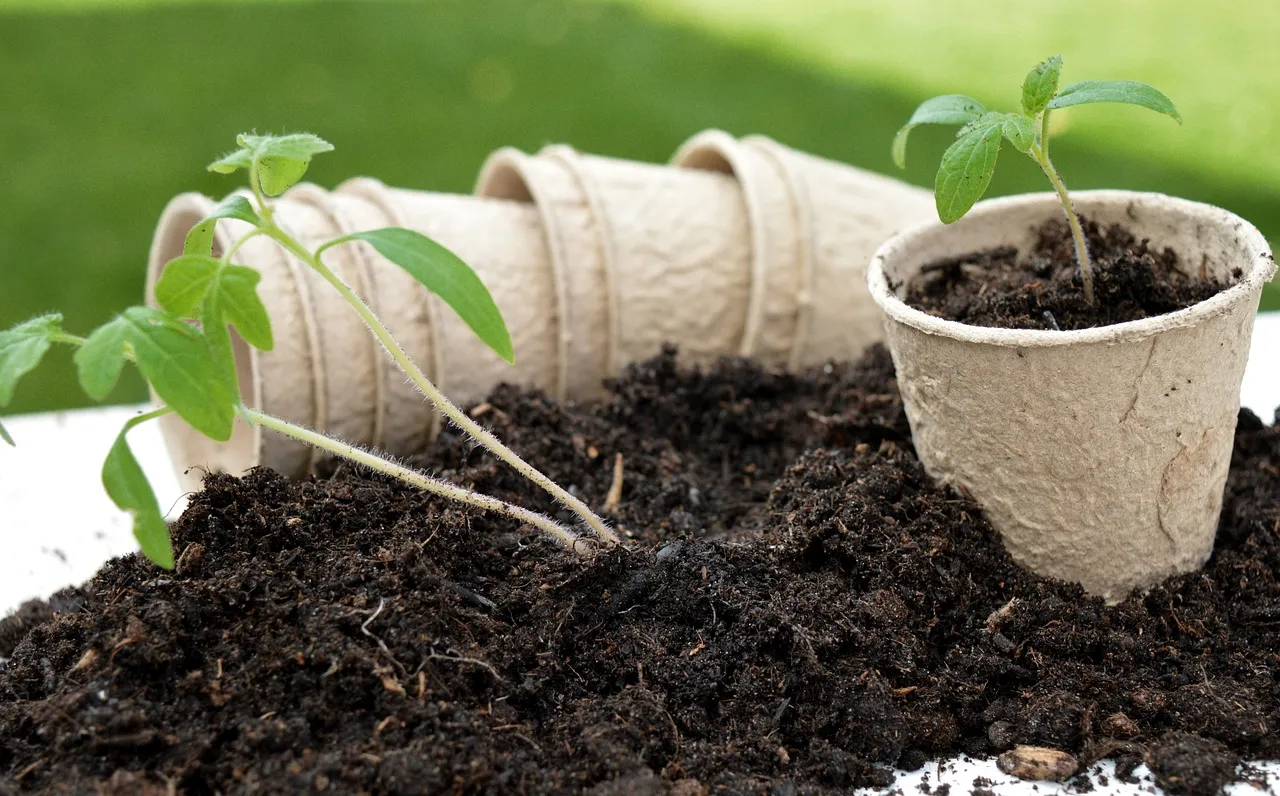In an era of climate uncertainty, sustainable and climate-conscious gardening is more than a trend—it’s a necessity. Whether you’re a seasoned green thumb or just starting out, creating a garden that’s in harmony with the local ecosystem can significantly reduce environmental impact. From embracing native plants to prioritizing drought-tolerant landscaping and water-wise gardening, there’s never been a better time to grow responsibly.

Why Sustainable Gardening Matters in 2025
In 2025, sustainable gardening isn’t just a buzzword—it’s a vital response to the realities of climate change, water scarcity, and environmental degradation. With global temperatures continuing to rise, many regions are experiencing prolonged droughts, unpredictable weather patterns, and soil degradation. These challenges are prompting home gardeners, landscapers, and urban planners alike to adopt more eco-conscious gardening practices that prioritize long-term resilience over short-term aesthetics.
Gardeners today are increasingly seeking out environmentally responsible solutions that reduce dependency on synthetic fertilizers, minimize water usage, and restore balance to local ecosystems. This shift toward climate-resilient gardening not only benefits the planet but also creates low-maintenance, cost-effective landscapes that thrive with fewer resources.
According to current trend reports, search interest in terms like “sustainable gardening,” “native plant landscaping,” “drought-tolerant garden ideas,” and “climate-conscious gardening” is rapidly growing. These keywords see peak visibility during key seasonal windows—such as spring planting season and fall garden prep—as well as during globally recognized environmental awareness events like Earth Day, Arbor Day, and World Environment Day.
This growing digital interest reflects a broader cultural shift toward sustainability and self-sufficiency. Whether driven by environmental concern, rising utility costs, or the desire for more resilient landscapes, the demand for actionable, eco-friendly gardening advice is higher than ever. This presents a powerful opportunity to share informative, user-focused content that meets both ecological needs and the latest SEO trends.
The Power of Native Plants
At the heart of every truly sustainable and climate-conscious garden lies a simple yet transformative element: native plants. These are the species that have naturally evolved and adapted to your region’s unique conditions over thousands of years. Unlike exotic or non-native varieties, native plants are inherently equipped to thrive in the local climate, soil type, and ecological environment—with little to no artificial intervention.

Why Native Plants Matter
Incorporating native plant landscaping into your garden is one of the most impactful steps you can take toward environmental stewardship. Native species form symbiotic relationships with the surrounding wildlife, supporting entire ecosystems in a way that imported plants often cannot. From attracting pollinators to reducing your carbon footprint, native plants are a low-maintenance, high-reward investment in both beauty and biodiversity.
Key Benefits of Native Plants:
Require Less Water and Maintenance
Native plants are naturally drought-tolerant and accustomed to your region’s rainfall patterns. This means they require significantly less supplemental watering, making them ideal for water-wise gardening—especially in arid or drought-prone areas. Once established, they thrive with minimal care, reducing the need for pruning, mowing, or frequent irrigation.
Thrive Without Synthetic Fertilizers or Pesticides
Because they are already adapted to local conditions, native plants don’t rely on chemical fertilizers or pesticides to grow. This helps maintain healthier soil and cleaner water supplies while supporting natural pest control. Plus, fewer chemicals mean a safer garden for pets, children, and beneficial insects.
Support Local Wildlife and Pollinators
Native plants play a crucial role in sustaining biodiversity. They provide essential food and shelter for local pollinators like bees, butterflies, and hummingbirds, as well as birds, amphibians, and small mammals. Many native insects can only feed or reproduce on specific native plants—making their presence in your garden critical for the survival of local species.
Improve Soil Health and Prevent Erosion
With deep, fibrous root systems, native plants help stabilize soil, reduce erosion, and increase water absorption. Over time, they enhance soil fertility and structure, which supports other plant life and reduces runoff during storms. Their resilience also makes them excellent choices for climate-resilient gardening in areas prone to heavy rains or wind.
Regional Native Plant Examples:
To maximize the benefits of native plant gardening, it’s important to choose species that are specific to your area:
- California & Southwest USA: California poppy, manzanita, yarrow
- Midwest USA: Purple coneflower, little bluestem, milkweed
- Australia: Kangaroo paw, banksia, bottlebrush
- India (Dry Zones): Neem, amla (Indian gooseberry), moringa
Examples by Region:
- Southwest USA: California poppy, desert marigold, manzanita
- Midwest USA: Purple coneflower, prairie dropseed, wild bergamot
- India (dry regions): Neem, moringa, Indian gooseberry (amla)
- Australia: Kangaroo paw, grevillea, bottlebrush

Drought-Tolerant Landscaping: Smart Choices for Dry Times
As climate change accelerates, drought-tolerant landscaping is becoming a must-have for sustainable gardeners across the globe. With more regions facing water scarcity, tighter water restrictions, and unpredictable rainfall, creating a garden that thrives under dry conditions is no longer just smart—it’s essential.
Drought-tolerant gardening focuses on using plants and landscaping methods that require minimal irrigation, yet still offer beauty, texture, and biodiversity. This eco-friendly approach not only reduces your water bill but also creates a resilient, low-maintenance garden that supports climate goals.
🌵 Drought-Tolerant Plants to Consider
When planning a drought-resistant garden, choosing the right plants is key. These species have evolved to store water efficiently and endure dry periods without stress, making them perfect for water-wise landscaping:
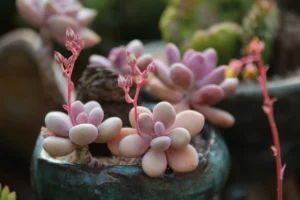
🌿 Succulents
- Agave – Striking architectural form and extremely water-efficient.
- Echeveria – Rosette-shaped, colorful, and easy to propagate.
- Aloe Vera – Medicinal, ornamental, and thrives with little water.
🌸 Perennials
- Lavender – Fragrant, pollinator-friendly, and drought-hardy.
- Yarrow – Tolerates heat, poor soil, and needs minimal watering.
- Salvia – Attracts bees and butterflies while thriving in dry climates.

🌾 Ornamental Grasses
- Blue Fescue – Compact and drought-tolerant with blue-green blades.
- Buffalo Grass – A native grass that requires little mowing or irrigation.
- Fountain Grass – Adds movement and texture to dry gardens.
🌳 Trees & Shrubs
- Olive Trees – Mediterranean classic, resilient and evergreen.
- Junipers – Hardy, evergreen shrubs perfect for dry slopes.
- Cistus (Rockrose) – Heat-loving shrub with showy blooms and minimal water needs.
These species can be mixed and matched to create a diverse and visually appealing drought-tolerant garden that supports local pollinators and minimizes resource use.
🌱 Design Tips for Drought-Resistant Gardens
Creating a truly low-water landscape goes beyond just picking the right plants. Thoughtful garden design helps conserve water, promote soil health, and maximize visual impact. Here are some practical and effective strategies:
💧 Group Plants by Water Needs
Also known as hydrozoning, this technique places plants with similar irrigation requirements together. This avoids overwatering and ensures efficient resource use.
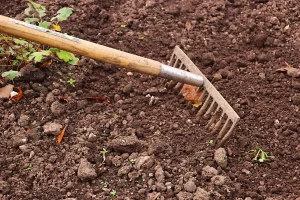
🌾 Apply Organic Mulch
Using bark, straw, or compost mulch helps:
- Retain soil moisture
- Suppress weeds
- Regulate soil temperature
- Improve soil health over time
🪨 Incorporate Gravel and Permeable Surfaces
Gravel paths, stone beds, and permeable pavers help with drainage and reduce runoff. They also add a natural, minimalist aesthetic to xeriscaped gardens.
🌿 Reduce or Replace Traditional Lawns
Lawns are one of the thirstiest elements of any landscape. Swap turf for:
- Native ground covers like creeping thyme or sedum
- Gravel beds with succulent accents
- Artificial turf (eco-certified)
- Dry stream beds for artistic and functional flair
🌞 Xeriscaping: The Gold Standard in Water-Wise Design
Xeriscaping is a landscaping philosophy rooted in drought tolerance and water conservation. Originating in arid regions like the American Southwest, it’s now gaining popularity worldwide. Xeriscaping doesn’t mean sacrificing beauty—in fact, it emphasizes texture, form, and seasonal color through smart plant selection and efficient water use.
Benefits of xeriscaping include:
- Up to 60% reduction in outdoor water use
- Minimal maintenance needs
- Enhanced climate resilience
- Improved habitat for native fauna
By embracing drought-tolerant landscaping, you’re investing in a future-proof garden that thrives in tough conditions without sacrificing visual appeal. It’s a powerful step toward eco-friendly gardening—saving water, time, and money while aligning your space with the rhythms of nature.

💧Water-Wise Gardening Techniques
Reducing water usage without sacrificing garden beauty is not only possible—it’s becoming essential. In regions grappling with prolonged droughts, increasing water costs, and seasonal water bans, water-wise gardening offers sustainable, practical solutions for thriving landscapes.
This approach focuses on efficient water management, smart soil care, and eco-conscious infrastructure that ensures plants receive what they need—without waste. By incorporating low-water gardening techniques, you can maintain a lush, vibrant garden while supporting broader environmental goals.
🔧 Essential Water-Wise Practices:
🚿 Drip Irrigation Systems
Drip irrigation delivers water directly to plant roots, minimizing surface evaporation and runoff. Compared to traditional sprinklers, this system uses up to 50% less water, making it ideal for both ornamental beds and edible gardens.
🌧️ Rainwater Harvesting
Capture and store rainwater from rooftops using barrels or cisterns. This free and renewable water source can be used for garden irrigation, especially during dry spells. Pair with a basic filter system to keep water clean for longer storage.
🌱 Compost-Enriched Soil
Healthy, organic-rich soil acts like a sponge—holding moisture longer and reducing the frequency of watering. Compost also improves soil structure and microbial health, which supports root systems and overall plant resilience.
🕓 Smart Watering Timing
Water your garden early in the morning or after sunset to reduce evaporation and ensure plants absorb the maximum amount of moisture. Avoid midday watering, especially in hot climates, to prevent waste and leaf scorching.
🚰 Greywater Reuse
Repurpose household water (from sinks, baths, and washing machines—excluding toilet water) for watering non-edible plants and landscape areas. Use greywater-safe soaps and a filtration system to make this a safe and effective option for sustainable irrigation.
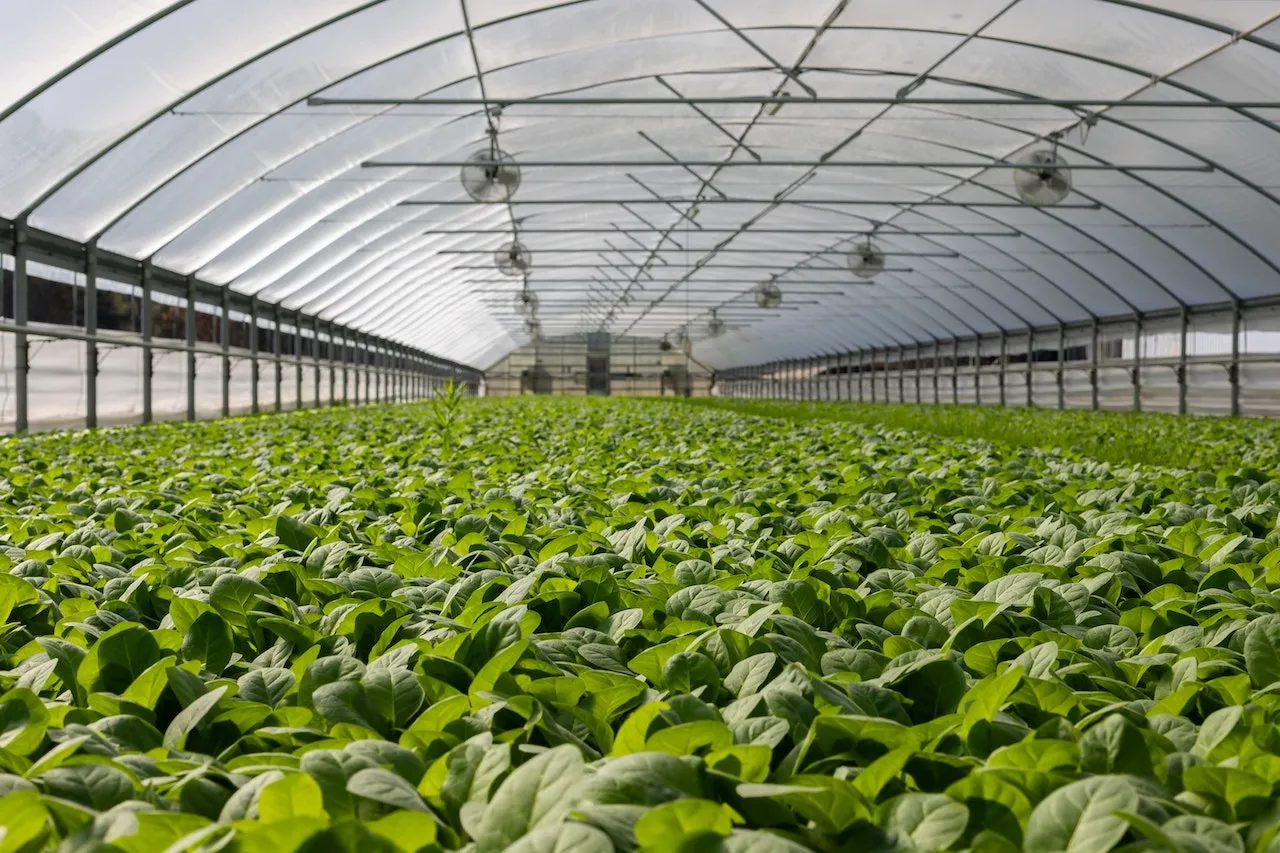
🌍 Climate-Conscious Design: Garden with the Future in Mind
Designing your garden with climate change in mind means thinking long-term—building a resilient ecosystem that can adapt to shifting weather patterns, temperature extremes, and environmental stressors.
Climate-conscious landscaping is rooted in biodiversity, sustainability, and strategic planning. It’s an approach that balances beauty with functionality, creating gardens that thrive year after year with fewer resources and interventions.
🌿 Key Considerations for Climate-Resilient Gardens:
🌸 Plant Diversity
A diverse garden is a resilient garden. Incorporate a mix of species, heights, textures, and bloom times to attract pollinators, deter pests naturally, and stabilize the garden ecosystem. Biodiversity also mitigates the risk of disease or complete loss from one failed crop or plant type.
🌳 Windbreaks and Shade Trees
Planting shade-providing trees and windbreaks helps regulate microclimates within your garden. These features lower ambient temperatures, protect delicate plants from strong winds, and reduce overall water loss from sun and wind exposure.
🌦️ Seasonal Rotation
Align your planting schedules with your region’s unique weather patterns. Grow drought-tolerant or cool-season crops as conditions shift, and practice seasonal crop rotation to reduce soil depletion and prevent pest build-up.
🌼 Perennials Over Annuals
Perennials return each year with minimal care and input, reducing the need for replanting and ongoing resource use. From flowering shrubs to edible herbs, perennials are the backbone of low-maintenance, sustainable gardens.
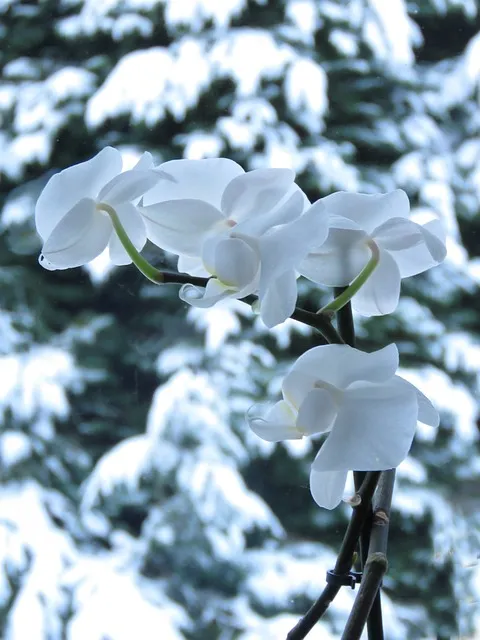
🌿 Final Thoughts: Grow Green, Grow Smart
Sustainable gardening is more than a trend—it’s a conscious lifestyle shift that empowers individuals to be part of the solution in the face of climate change, biodiversity loss, and environmental degradation. Whether you have a sprawling backyard, a compact urban balcony, or a small community plot, your garden can become a resilient, regenerative space that supports both people and the planet.
Choosing to grow green means embracing practices that work with nature, not against it. From planting native species that support local ecosystems to designing drought-tolerant landscapes that thrive with minimal water, every sustainable choice you make contributes to long-term environmental balance. Incorporating water-wise gardening techniques like drip irrigation, compost-rich soil, and rainwater harvesting ensures that your garden not only survives—but flourishes—even in the face of changing climate conditions.
But sustainability isn’t about doing everything at once—it’s about mindful progress. You don’t need to overhaul your entire garden overnight. Instead:
- 🌱 Start small: Replace a section of turf with native plants or add mulch to conserve moisture.
- 📍 Start local: Choose plant species that are native to your area and support your local pollinators.
- 🌍 Grow with purpose: Design with the future in mind—focusing on resilience, biodiversity, and beauty.
As search interest continues to rise around eco-conscious living, climate-resilient gardening, and low-water landscaping, your sustainable garden can serve as both a personal sanctuary and an educational tool—demonstrating what’s possible when we garden with intention.
In a world facing environmental uncertainty, your garden can become a small but powerful act of hope.
🌼 Let Your Garden Be Part of the Solution
Whether you’re just beginning your journey into climate-conscious gardening or looking to refine and improve your existing green space, remember: every plant, every drop of water saved, and every soil-friendly practice matters. Together, these actions form the foundation of a healthier, greener, and more sustainable future.
Grow smart. Grow local. Grow sustainably.
